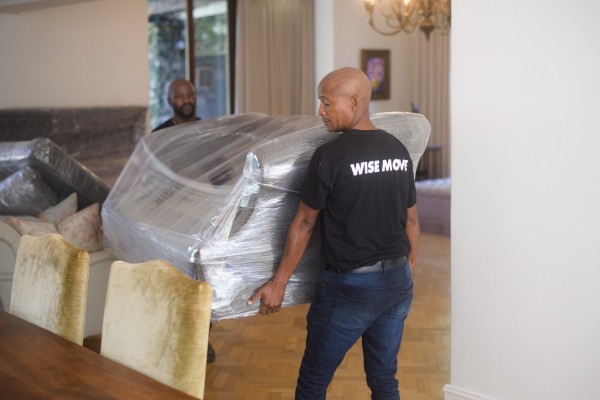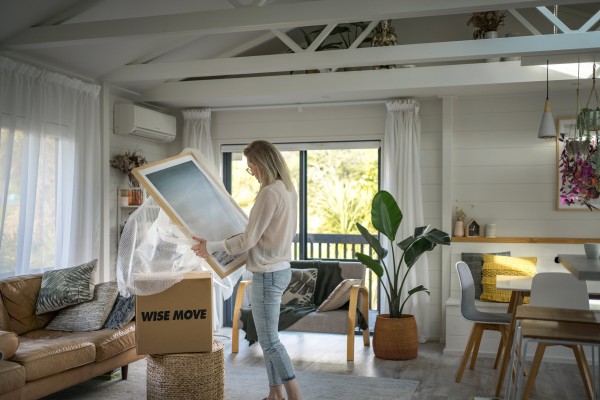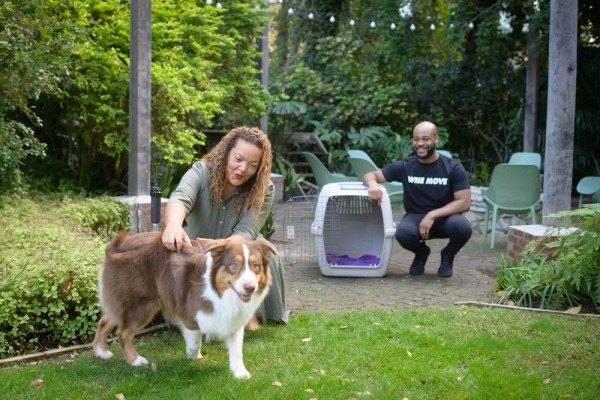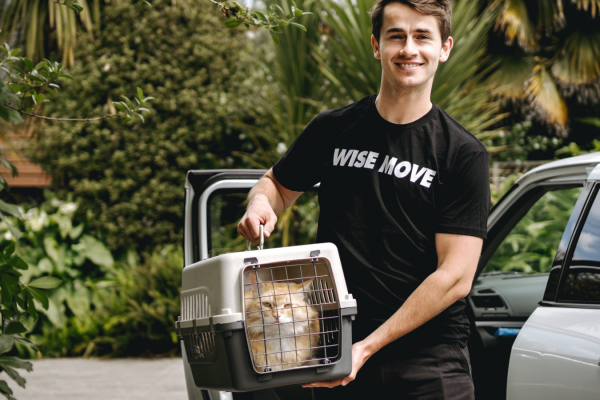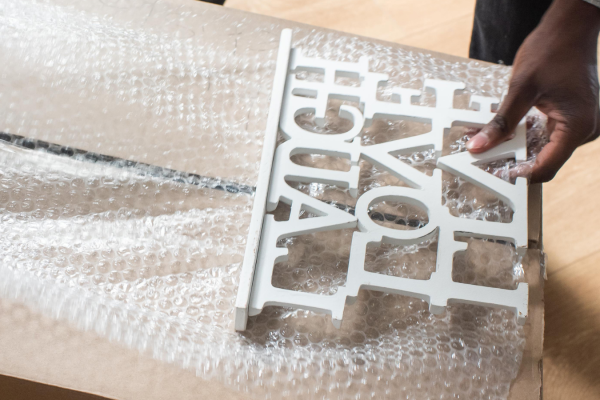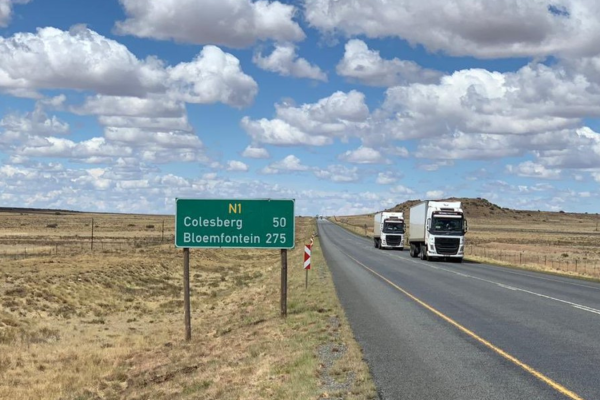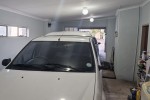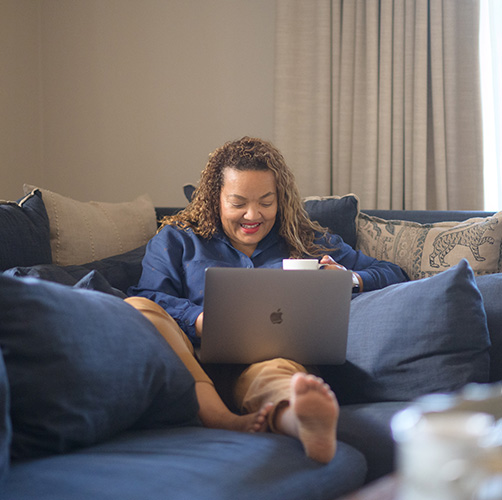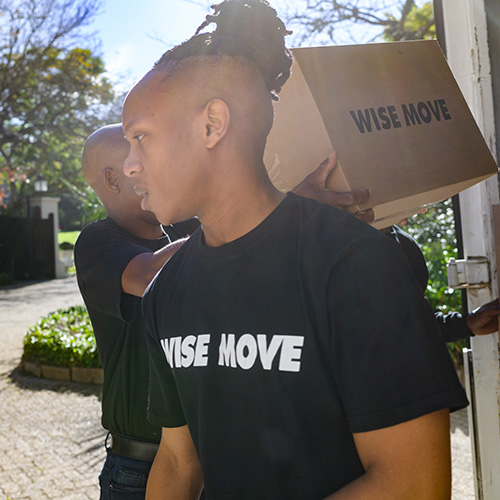How to Move a TV in a Car | Safe Transport Tips

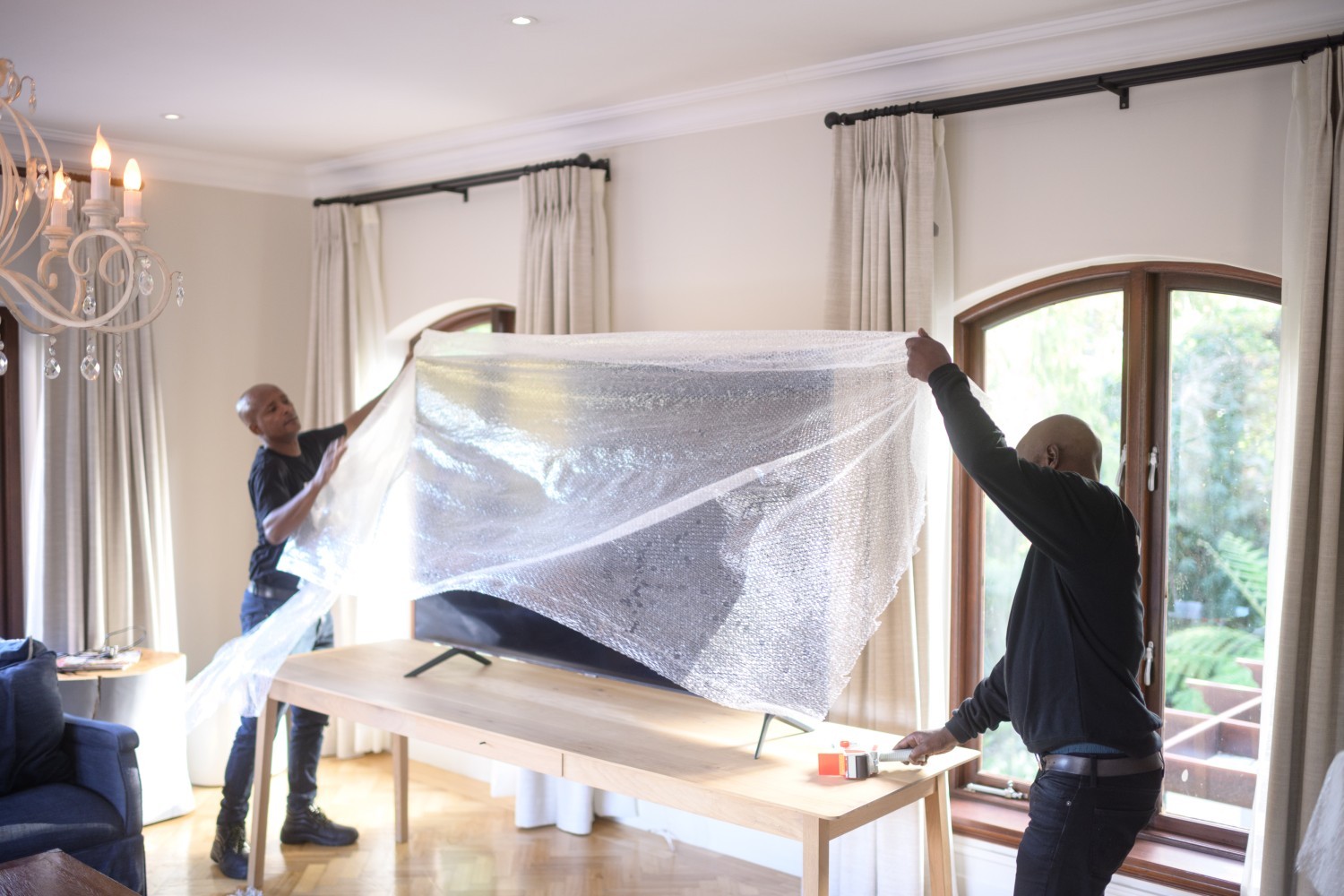
The modern flat-screen TV is arguably one of the most prized possessions of any modern South African. It’s critical for watching the Rugby at a braai, it’s a daily necessity for 7 de Laan and Days of our Lives and it’s the end of our week with Carte Blanche. So, knowing how to move your TV in a car safely to its new home is critical.
In this article, we’ll explore how you can move your TV safely with step-by-step instructions and what you should never (NEVER!) do. Let’s dive in.
Can You Move A TV Safely In A Car?
The simple answer is yes. But with TVs available in many size variations, it's always in your best interest to do some measurements.
According to Samsung, their TVs are available in 32, 43, 50, 55, 65, 75, and 85 inches. There are larger screens, but if you own a TV of this size, we’d highly recommend not moving it in a car.
Over the last few years, South Africa’s most popular car has been the Volkswagen Polo Vivo. Its overall width is 1,650 mm (65.0 in), so you’ll find it difficult to cram in a larger TV that’s 65 inches or bigger.
While it might be tempting to transport a TV on the roof of a car (we see you thinking about it), we’d strongly recommend not doing this. The force you’ll need to tie down items to remain on the roof will potentially damage the unit and your car.
Also, exposing a TV to the elements is never a good idea and it's never a good idea to lay a TV flat.
Why You Should Never Lay A TV Down During Transport
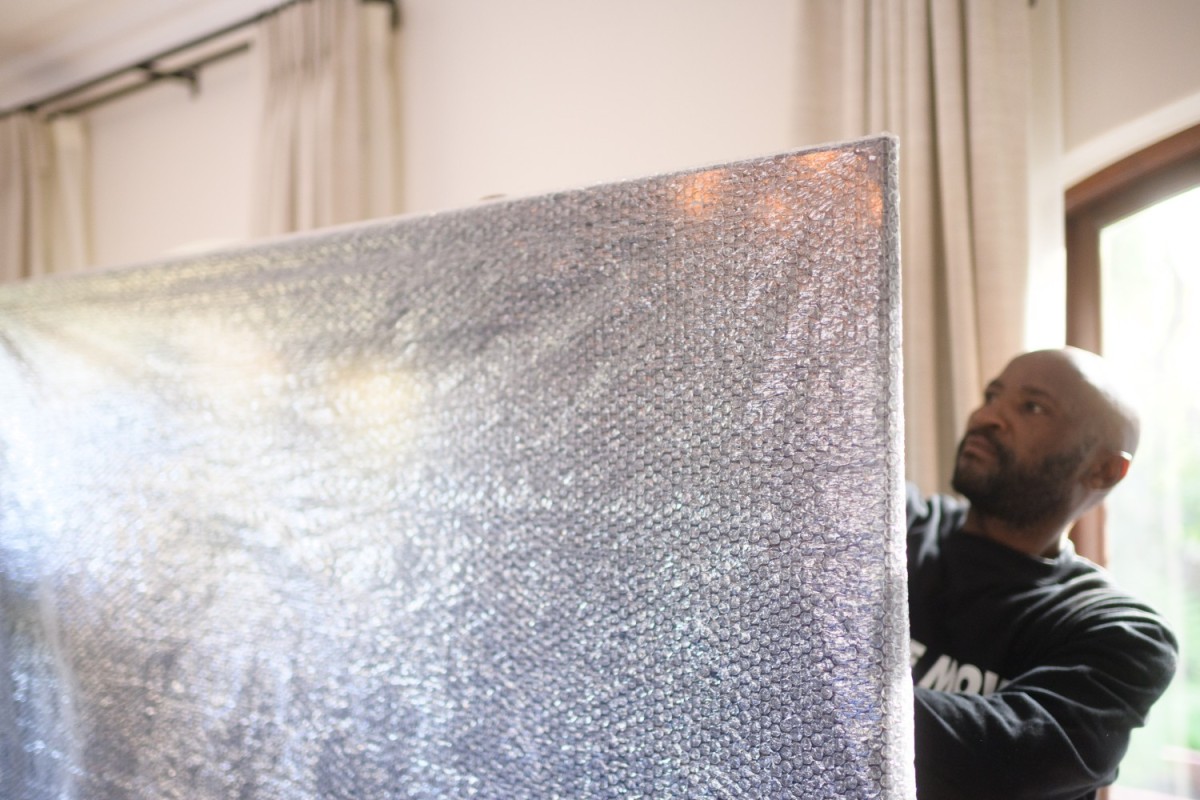
If you’re unable to move your TV in the upright position, it can become a problem. Modern flat-screen TVs are designed to be lightweight and durable. But the internal workings are not.
A flat-screen TV’s components are delicately balanced to ensure that it works. When you lay it down, the elements within the device start applying pressure in a direction from behind the screen.
While in short bursts, storing a TV flat is ok, for prolonged periods, it’s not great for the TV at all.
Also, when a TV is placed flat, it creates more area for items to fall on the screen. Always ensure that your TV travels in an upright position. With older TVs, this isn’t an issue.
Now that you have done some measurements and know what not to do let’s focus on how to transport your TV in a car.
How to Move a TV in a Car
Most people will be fine seeing their belongings drive off into the distance. But, for your beloved TV, you’ll want to keep a close eye on it, which means moving your TV in your car by yourself!
If you have been holding onto your TV’s box for this eventual day, congratulations, you can now reuse it to transport your beloved item. But for those who decided to throw it away, there is no need to stress out. Outlets like Boxman will sell you a new flat screen 55” TV for around R175,00.
While this may seem like a lot to spend on a box, this packaging solution is double-walled, giving your TV the extra padding it deserves.
As a rule of thumb, do some more measurements to ensure that your TV slides into the box.
If you don’t have the time or money to invest in a new box, you should be ok with a thick blanket protecting your TV.
But what are the steps involved in transporting your TV in a car?
Step 1. Power Cords and Cables
Before removing any cables from your TV, take a photo of where all the leads were. Often in the heat of the moment, we pull out all the cords and cables from the TV without knowing how to redo it.
Once you’re happy with the photographic evidence, remove all the cables and cords. Make sure to store all the loose cables and cords in a bag, and remember to wind them up properly.
Step 2. Remove Screws and TV Mounts
It should go without saying, but it’s easier to transport your TV without its feet or wall mount attached. You will need to dismantle the wall-mounted bracket and package it away.
We recommend ensuring that you can store all the bits and bobs in a separate bag. And if you’re not sure how to reassemble the wall-mounted unit, you will want to take a photo of it fully assembled.
The feet of the TV usually don’t require assembly because they simply snap into place.
As a general rule, place all the items into a bag and label them. And if you are worried about the TV falling off the wall when disassembling, ask someone to hold it.
Always ask for help when needed.
Step 3. Boxing or Wrapping - How to Pack a TV For Moving
Make sure to pack your TV into its box slowly. If you are using the original box, there will hopefully still be some polystyrene that’s been shaped to hug your TV perfectly.
With the original packaging, ensure to sandwich the TV between the additional layering before slotting it into the box.
If you’re using a newly purchased box, you will need to wrap your TV in bubble wrap. And repeat the process we mentioned.
For those not using a box, make sure to pad the corners of the TV unit, as these are vulnerable points and need to be wrapped in bubble wrap.
Once you’re happy with the corners, use some cling wrap plastic to cover the screen. This won’t provide much protection but will limit the amount of fluff from the moving blanket, which you will be folding over the TV.
While you can secure the blanket in place with straps, it should be OK to store it in the backseat of your car for the journey.
For individuals who don’t have a back seat in their vehicle, a boot will do as well, just be warned that transporting it flat is not a good idea, and you can’t control what will roll around in the boot.
Ready to Move Your TV to Your New Home?
If this is all overwhelming, rather find an expert to transport your TV for you. They know how to move a TV safely.
No matter the size of your TV, we can guarantee that you will find an expert TV mover with Wise Move.
Oh, and one final tip! Make sure to take a photo of the cables and cords. After successfully moving to your new home, you'll want to know how to quickly set everything up so you can watch the Rugby 😉 We've got your back!
What do our customers say?




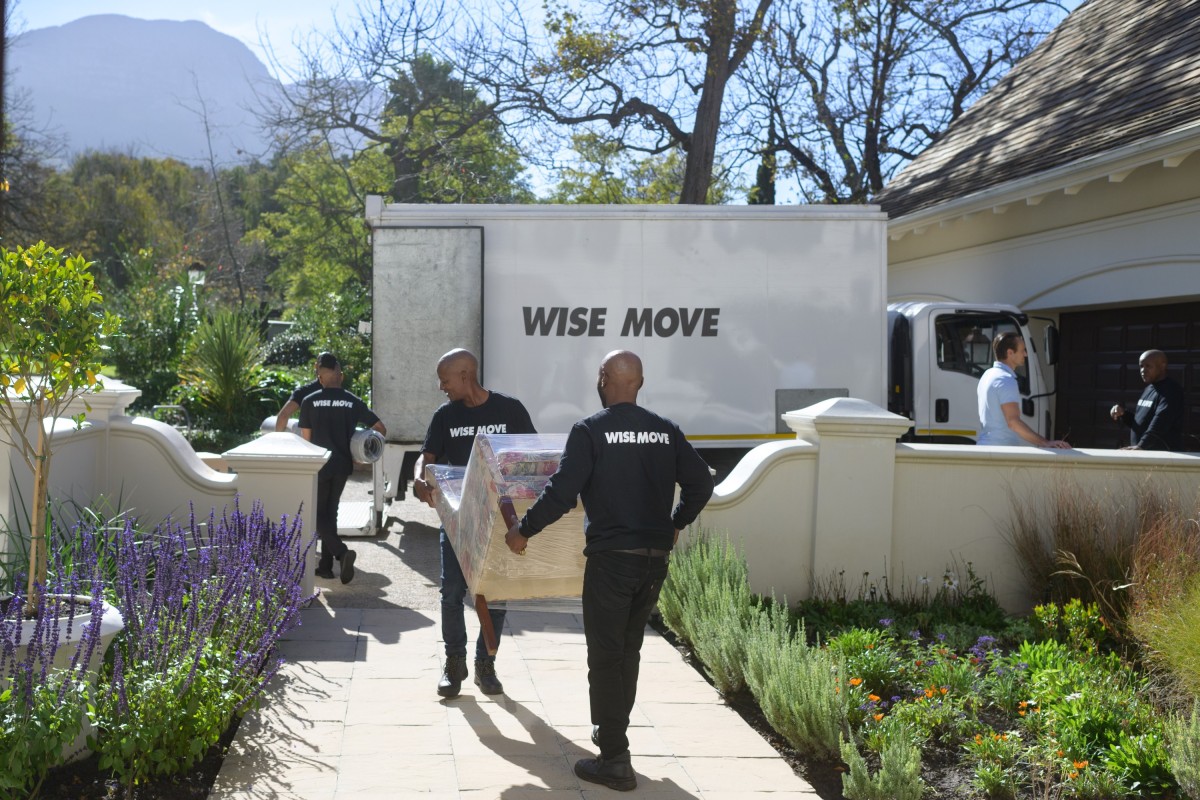
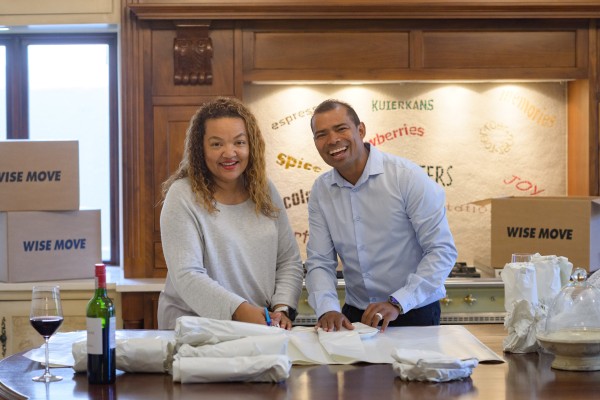
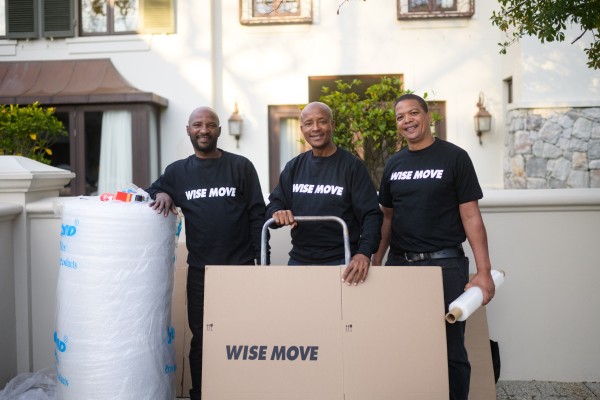

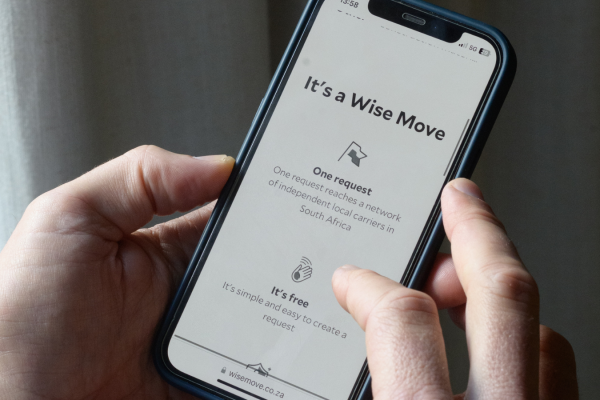
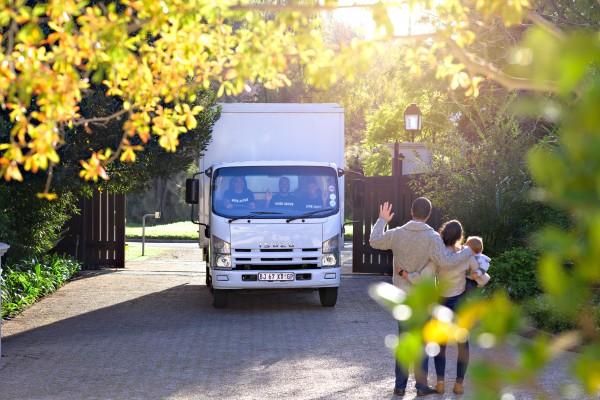

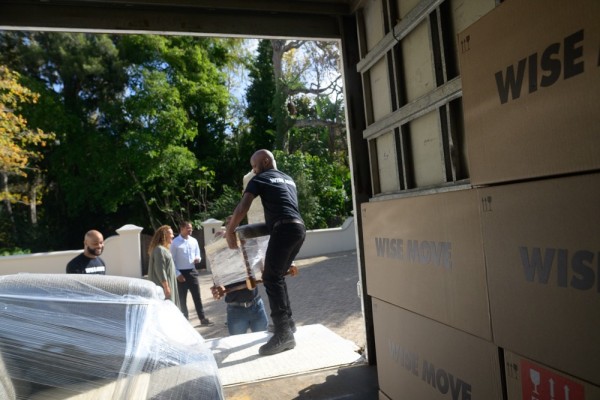
![How Many Moving Boxes Do You Need [Quick Guide] How Many Moving Boxes Do You Need [Quick Guide]](https://cdn.wisemove.co.za/image/blog/f402bbe3e47e09aa41a6d8370888b926.jpeg)
